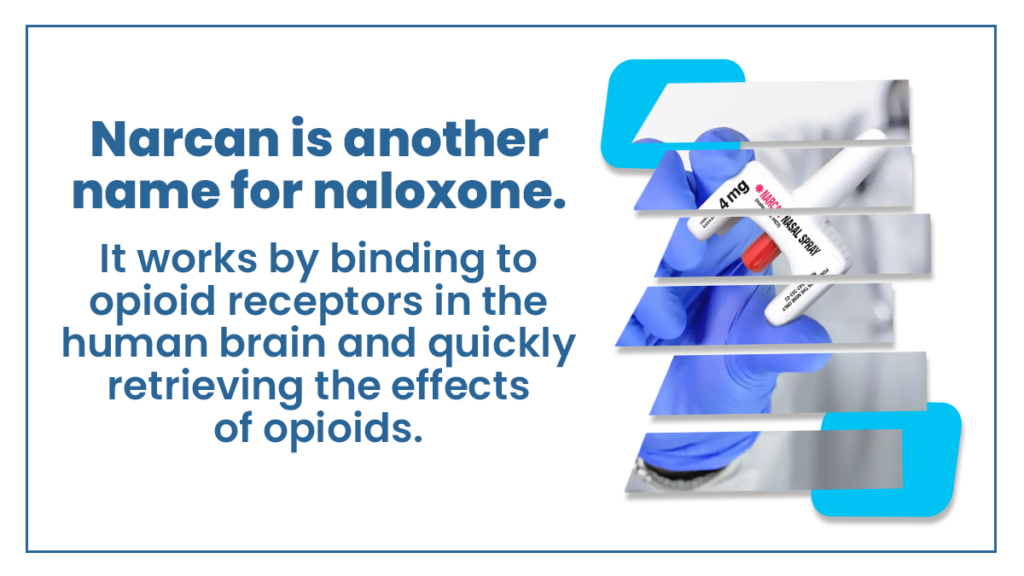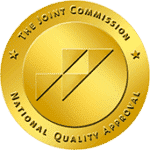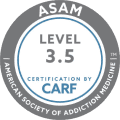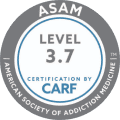Naloxone is a strong medication to help people recover from opioid overdose. If you’re thinking about when and how to use naloxone, you’re at the right place. This blog post will help you understand the steps of administering naloxone, ensuring you have the knowledge and confidence to make a life-saving decision.
Opioid overdose is critical. Naloxone can make the difference between life and death. Continue reading to know how you can use naloxone effectively.

Key Takeaways
Opioid overdose is a serious issue in the US, with a significant increase in overdose deaths, making naloxone essential for saving lives. Here is what you need to know about it:
- Narcan is another name for naloxone. It works by binding to opioid receptors in the human brain and quickly retrieving the effects of opioids.
- Naloxone comes in multiple forms, including intravenous, nasal spray, and auto-injector.
- Identifying the signs of opioid overdose, like slowed breathing and blue lips, is important for understanding when to use naloxone.
- The administration of naloxone varies depending on its form, but even when administered, medical expertise may still be necessary.
Choose The Haven Detox-New England and begin your journey to recovery. Contact us at (844) 933-4145 today for more information.
Forms of Naloxone
Naloxone comes in various forms to reverse the effects of opioid overdoses. Following are some of the most common forms of naloxone.
Intravenous Naloxone
Intravenous naloxone is a form of naloxone directly injected into the patient’s veins by an experienced healthcare provider. It acts quickly to counter the effects of opioids, like heroin, by attaching to the same receptors in the brain. This method is very effective but needs a doctor’s expertise and specialized equipment, making it less available to friends, family, and bystanders.
Naloxone Nasal Spray
Naloxone nasal spray is the most effective and user-friendly alternative. It can be easily administered through the nose by anyone following simple and easy instructions. This form of naloxone is highly effective and doesn’t include needles, lessening the risk of accidental needlestick injuries. It can quickly retrieve the effects of opioids, and the FDA approves this method for use by family members.
Naloxone Auto-Injector
Naloxone auto-injector is also another effective alternative option. It is a kind of device that has a pre-measured dose of naloxone and includes a built-in needle that injects the medication into the patient’s thigh when pressed against the leg. It’s built for easy use by bystanders or family members and can rapidly counteract opioid effects, including those of strong drugs like fentanyl.
When to Use Naloxone
Understanding when to use naloxone is crucial in helping individuals recover from opioid overdose. Opioid withdrawal symptoms help identify when to use naloxone. So, the following are the common signs of opioid withdrawal:
Opioid overdose signs include:
- Breathing rate: Watch for slowed breaths or a complete cessation of breathing.
- Unresponsiveness: The individual may not respond to another person’s touch or voice.
- Blue nails or lips: This bluish skin color lacks oxygen.
- Pale or clammy face: It may feel moist or cool to touch the skin of the face.
- Pinpoint pupils: The person’s pupils may look extremely small.
- Limp body: The person may feel difficulty holding their head up.
- Choking or gurgling sounds: You may feel these sounds in patients due to fluids collecting in the throat.
Remember that naloxone is a timely treatment, and the patient still needs medical help to treat opioid use disorder.
How to Use Naloxone
Understanding how to use naloxone in the right way is crucial. Following is the method to use different forms of naloxone appropriately.
Intravenous Naloxone
Intravenous naloxone is usually used under medical supervision. To use it, a health care provider follow these steps:
- First, they should strictly follow medical protocols.
- They inject a small or moderate dose (for example, 0.4 mg) of naloxone with the help of a syringe into the vein.
- After that, they measure or increase the dose per the patient’s response, with repeated doses if required.
- Then, they closely monitor the patient’s body reaction for any adverse reaction and provide immediate help in a medical emergency.
Naloxone Nasal Spray
To use naloxone nasal spray appropriately, follow these steps:
- Remove the device packaging.
- Place the top of the nasal spray into one nostril of the patient.
- Squeeze the plunger to release the medication into the nose.
- Repeat the same process in the other nostril only if needed.
- Stay with the patient and seek professional medical help in an emergency.
Naloxone Auto-Injector
Naloxone auto-injector is easy to use. Follow the instructions below:
- Remove the auto-injector from its packaging.
- Now, place the device against the outer thigh of the patient who has an opioid overdose.
- Press the injection firmly to inject it into the body of the patient.
- Seek medical help if needed.
Frequently Asked Questions (FAQ)
How do you administer naloxone step by step?
To administer naloxone, follow these instructions:
Pull out the device from its packaging.
Please keep it in the nostril (nasal spray) or against the thigh (auto-injector).
Use the device as instructed.
Seek medical help quickly in any case.
Be with the patient until medical professionals arrive.
What are the four ways to administer naloxone?
The four ways to administer naloxone are as follows:
Intravenous: Injected directly into the veins by doctors.
Nasal spray: Administered through the nose, suitable for bystanders.
Auto-injector: Delivered through a thigh injection.
Naloxone kits: Includes auto-injector devices or nasal spray; accessible for first responders and bystanders.
How does Narcan work?
Narcan is a brand name for naloxone, which attaches to opioid receptors in the brain, displacing opioids. This immediate action can reverse the effects of opioid overdose, restoring normal heart rate and consciousness. It acts as an opioid antagonist, counteracting the life-threatening effects of opioids and saving lives when used promptly.
Get Personalized Recovery at The Haven Detox-New England
If you or your loved one suffers from opioid addiction, taking action is crucial. Our comprehensive services include detox and residential treatment, particularly tailored to address opioid addiction. Don’t let addiction hold you back from achieving your sober life goals. Contact us at (844) 933-4145 today for more information.



